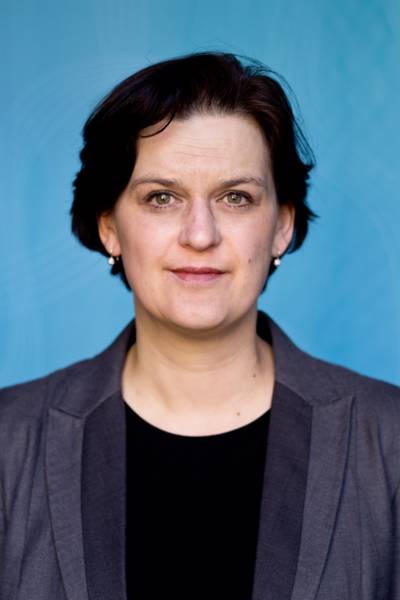Who makes political decisions concerning war and peace? How are men and women affected by peace and by conflict? Do men and women hold different views about war and peace? What is security? Can the answers to these question reveal systematic gender differences? How can these differences be explained? How can policy-makers and analysts make use of the potential inherent in gender differences? This report brings a gender perspective to the analysis of peace and conflict. A gender analysis is based on the acknowledgement that men and women may have differing understandings, perceptions and experiences of peace and conflict; further, that traditional approaches to understanding peace and conflict may gain by incorporating a gender dimension. This is not to say that if women were to rule the world, the world would be a more peaceful place. Gender is a socially constructed identity, and it is in the complexity of this identification process that the report investigates the bearing this process has on issues of peace and conflict. Men and women can be equally war-prone and peace-loving, but there are dimensions of our social worlds which make it easier for men to become warriors and for women to be peace-promoters. The report outlines the central components of a gender analysis to peace and conflict issues, and suggests what can be achieved by incorporating a gender perspective. The immediate background for this report is a United Nations Expert Group Meeting held in Santo Domingo, Dominican Republic 7–11 October 1996 on ‘Political ecision-Making and Conflict Resolution: The Impact of Gender Difference’. The meeting was co-organized by the United ations Division for the Advancement of Women and the International Peace Research Institute, Oslo(PRIO).
Contents:Preface1. Introduction2. Gender Analysis in Practice3. What is Gender Difference4. Gender, Politics and Security5. Men and Women in the Battlefield6. ConclusionNotesReferencesAppendixConclusions and recommendations







